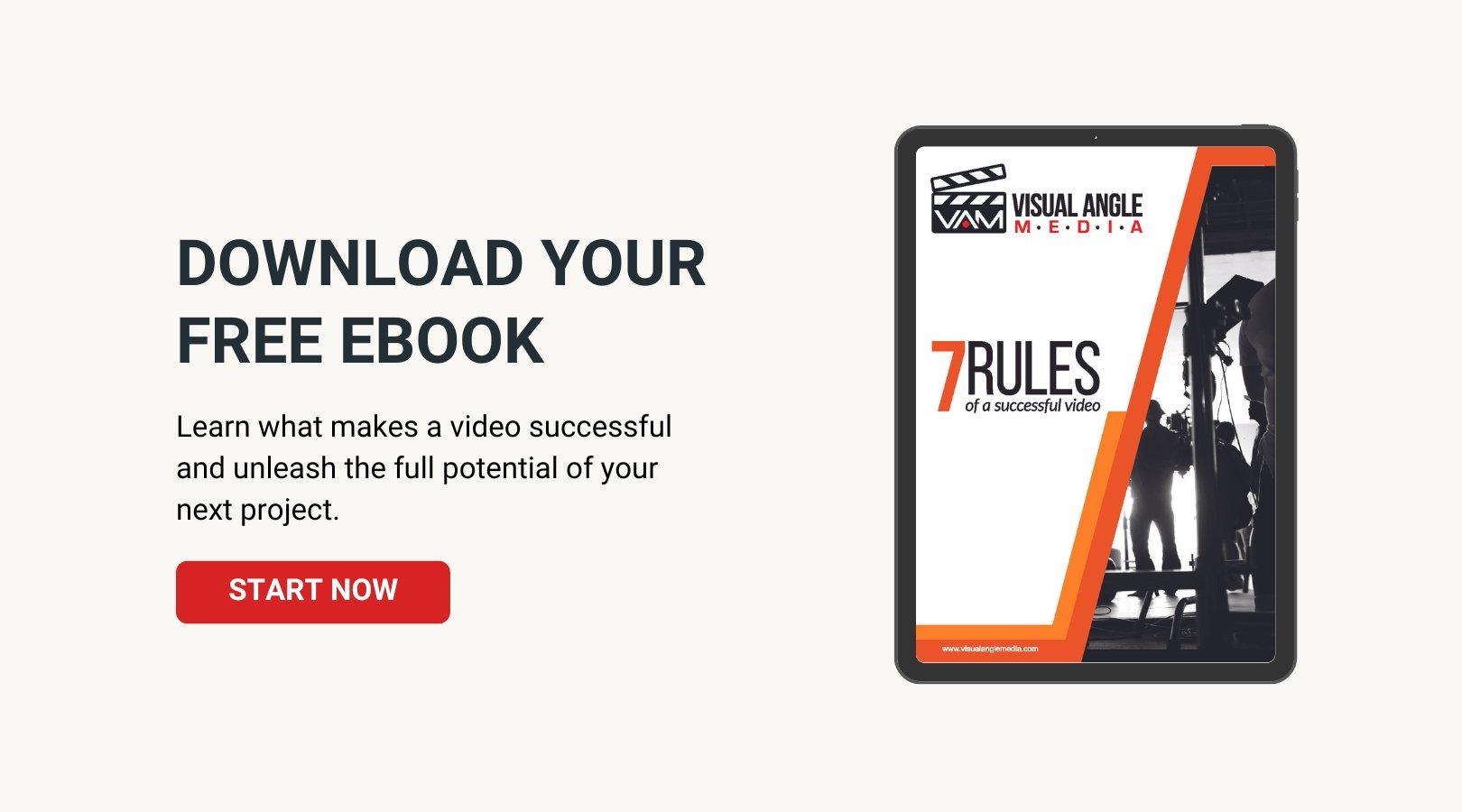
Podcasts have exploded from a niche hobby to a mainstream phenomenon. In 2021 alone, over 48 million Americans listened to podcasts every week. And it's not just entertainment - podcasts have also become an influential media channel for businesses. Weekly business podcast listenership increased 45% from 2018 to 2021.
Clearly, businesses can no longer afford to ignore podcast marketing. But where do you start? What podcast strategy is best for your business? How do you create a successful branded podcast? This ultimate guide covers everything your business needs to leverage podcasts.
Benefits of Business Podcasts
Before jumping into tactics, let's review the many advantages podcast marketing offers:
- Grow brand awareness - By hosting a podcast, you provide helpful content that organically spreads brand influence.
- Connect with audiences - Podcasts allow for an intimate and authentic connection not possible through other mediums.
- Display thought leadership - Position company leaders as trusted industry experts by having them discuss trends, strategies, and best practices.
- Drive website traffic - Mention your website and products during episodes to increase visits.
- Boost SEO - Podcasts enhance search engine optimization by generating fresh keyword-focused content.
- Generate leads and sales - Podcasts naturally convert listeners into leads and customers as you build relationships over episodes.
- Inexpensive to produce - Apart from some basic equipment and editing time, podcasts are affordable content compared to videos or events.
The intimate and personal nature of podcasts gives companies direct access to the ears of both current and potential customers. Craft compelling content your audience genuinely wants to hear, and your podcast can become a valuable asset.
Podcast Marketing Tactics
Once you decide to include podcasting in your marketing mix, several key strategies can ensure your show is successful:
Choose the right format - Will your podcast be interviews, solo episodes, or a panel discussion? Select a format that aligns with your goals and audience preferences.
Find a great host - An experienced host adept at interviewing or presenting ensures smooth episodes. For internal podcasts, screen employees to find hosts that shine.
Book interesting guests - Interviewing authors, celebrities, or industry luminaries makes for shareable episodes. Find guests your audience will be excited to hear from.
Promote across channels - Share your podcast on your website, email newsletters, social media, YouTube, and elsewhere to drive listeners.
Optimize for search - Include targeted keywords in titles, descriptions, and episode notes to rank high in search results.
Make content shareable - Produce compelling content people naturally want to share with others. Controversial topics encourage sharing.
Analyze performance - Track downloads, reviews, shares, and conversions to see what content resonates most with your audience.
Measure ROI - Compare podcast costs to sales, leads, and downloads generated to justify the investment.
Repurpose content - Turn transcripts into blog posts or video summaries into additional formats to maximize value.
The most effective business podcasts combine entertaining and educational content with savvy distribution and promotion across marketing channels.
Types of Business Podcasts
Several main formats have emerged for companies podcasting for marketing:
PR podcasts - To share company news updates, executive interviews, events, and product launches. For example, the HubSpot podcast.
Thought leadership - To establish authority by discussing industry trends, strategies, and best practices. Like The Digital Marketing Podcast by WebFX.
Behind the scenes - Give fans insider access to the brand’s culture, offices, processes, and people. Such as The Museum of Modern Art Podcast.
Interview experts - Feature discussions with celebrity guests or leading experts to tap their audiences. For example, Emirates Airlines presents Inspiration TALKS.
Customer spotlights - Highlight loyal customers and showcase how they use your product. Like the Slack customer podcast Made by Slack.
Product deep dives - Provide training, support, and tips to build expertise on specific products. Such as the Zendesk Product Podcast.
The style of podcast that will benefit your brand most depends on your products, customers, talent, goals, and resources. Test different approaches to see what delivers results.
Creating an Impactful Branded Podcast
If you’ve decided to produce and host your own branded podcast focused on your company, follow these best practices:
Choose a compelling title - Come up with a name that is descriptive yet catches attention like Microsoft’s Dona Sarkar Show and Shopify’s eCommerce Mindset.
Design appealing branding - Invest in branding elements like logos, colors, and graphics to look professional and on-brand.
Write tight episode descriptions - Write enticing episode summaries with SEO keywords to optimize discoverability in podcast apps.
Record short intros/outros - Start and end each episode with a tight intro and outro consistently branding the show.
Establish a schedule - Release episodes consistently, weekly or biweekly, so listeners know when to expect new shows.
Feature various hosts - Rotate hosts to add diversity of discussion and highlight more company experts.
Keep episodes under an hour - Stick to a 30-45 minute max length to avoid losing listener attention and focus.
Promote across channels - Share new episodes upon release via your website, email, and all social platforms.
Make content shareable - Produce episodes with interesting or controversial takes that prompt listeners to share with others.
Offer value to listeners - Provide genuinely useful content—don’t make it solely about pitching your company. Offer insights, education, entertainment, etc.
Great branded podcasts don’t feel like pure marketing. They offer real value to listeners. Craft content your audience finds helpful and engaging, not just promotional.
Distribution and Analytics
Once you create stellar podcast content, distribution and promotion are critical for discovery. Ensure your podcast is available on all major platforms:
- Apple Podcasts - Essential given Apple’s dominance. Optimize titles and descriptions.
- Spotify - Massive listener base. Use their podcast hosting and reach Spotify’s audience.
- Google Podcasts - Preinstalled on Android. Use for SEO on Google’s platform.
- Amazon Music - Expand reach, especially for voice-enabled listening.
- YouTube - Post video versions of podcast episodes to access YouTube’s viewers.
- Your website - Host episodes on your site to capture listeners directly.
- RSS feed - The technical way podcast apps access your episodes. Host episodes on a service that provides an RSS feed URL.
Submit your podcast everywhere possible—don’t just pick one platform. Distribution across channels ensures maximum potential listeners.
You should also implement podcast analytics to glean insights. Key metrics to track for each episode include:
- Downloads - Total downloads indicate the podcast’s reach and popularity.
- Listens - The number of times an episode is listened to shows engagement.
- Dropoffs - When listeners stop listening reveal less engaging parts.
- Playback locations - Whether the podcast is played directly on your site or via other apps.
- Listener demographics - Details like age, location, and gender help target future content.
- Traffic sources - Which sites or platforms drive the most referrals to measure promotional effectiveness?
- Reviews - Customer reviews boost podcast discoverability and perceived authority.
Analyze metrics to learn what content and strategies convert listeners best so you can refine ongoing production and promotion.
RELATED: Visual Angle Media Wins Silver Telly Award In The 44th Telly Awards
Podcast Equipment Essentials
High production quality elevates podcasts from amateur recordings to polished, professional content. Invest in key equipment:
- Quality microphones - Broadcast mics like Shure SM7B or Blue Yeti capture clear voice audio.
- Audio interface - Connect mics to a computer such as Focusrite Scarlett Solo audio interface.
- Headphones - Quality headphones let hosts monitor audio and adjust levels.
- Microphone stands and pop filters - Position mics properly and reduce plosives.
- Recording and editing software - For capturing audio, adding intros/outros, and cleaning up sound. Try Adobe Audition or Audacity for podcast editing.
- Hosting platform - A reliable service to host audio files and generate RSS feeds like Libsyn or Blubrry.
While starter podcasts can be recorded on smartphones, upgrading gear improves production value.
Promoting Your Business Podcasts
Once you build an audience for your business podcast, continue nurturing engagement:
- Share episode summaries - Post details on episode topics and guests to build interest.
- Compile best moments - Edit short clips of podcast highlights to promote on social media.
- Encourage reviews - Ask listeners to leave reviews on Apple Podcasts and elsewhere. More ratings improve visibility.
- Go behind the scenes - Post photos of hosts recording podcasts to give fans a look inside the production.
- Promote product packaging - Add the podcast name or QR code to product packaging to reach more customers.
- Feature hosts internally - Highlight podcast hosts in internal communications celebrating their role.
- Convert listeners to leads - Offer listeners promotions or content upgrades to convert them into contacts.
- Analyze listener feedback - Read or survey listeners to learn how the podcast could improve.
The marketing impact of your branded podcast grows as listenership expands. Continue providing your audience value through engaging episodes and creative promotion.
Podcasts Deliver Marketing ROI
In closing, podcasts offer an underutilized content marketing channel for businesses. They can raise brand awareness, showcase thought leadership, strengthen customer connections, drive conversions, and provide valuable analytics. An effective business podcast strategy combines smart production, optimization for discovery, and cross-channel promotion.
Hopefully, this guide provided actionable steps to help launch your company successfully into the booming world of podcasts. Just remember—focus on creating content your audience truly wants to consume, not just promotional pitches. Craft podcast episodes that educate, entertain, and inspire. Do that consistently, and your listenership will continue to grow.

Written by Fabrizio Colombi
With a lifelong passion for video that ignited at the young age of 10, Fabrizio has honed his skills in production and direction to mastery. His focus and love for visual storytelling now translate into empowering businesses with engaging videos. By creatively developing videos that resonate with audiences, Fabrizio facilitates growth and innovation for companies, turning his childhood fascination into a professional mission. His dedication to crafting compelling visuals is not merely a career; it's an extension of who he is.





